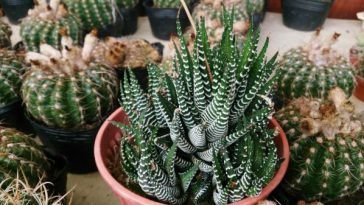Succulents
Subterms
More stories
-
in Cactus
Carnegiea gigantea also known as Saguaro
Saguaro, Sahuaro . American cacti plant up to 18m high, with a lone trunk with branches like arms and white flowers that open only at night to give a red fruit. Synonymy Cereus giganteus Engelm. Pilocereus engelmannii Lem. Pilocereus giganteus Rumpler [4] Common name Saguaro Sahuaro Features Origin: United States , in the state of Arizona; and of Mexico , in the state of Sonora.Carnegiea is a genus that has only one species: […] More
-
in Cactus
What are epiphytic cactus
What is an epiphyte plant? An epiphytic plant is a particular plant that does not need to have ground contact to grow. These plants generally grow on other plants that capture water vapor in the atmosphere and feed on some organic substances accumulated at their bases. They install their roots in the axils of the branches, or […] More
-
How to measure soil moisture of your succulent plants ( in the pot )
Proper moisture is essential for the successful growth of your succulent grown in pots. Watering instructions often indicate that you must water when the soil is dry to one or two inches deep . What are you doing then? You probably use touch. But this method is not very effective when the ground is cold. In addition, after testing the soil in several […] More
-
in Succulents
Aizoaceae family
Description Distribution The family is concentrated in southern Africa, but a few pantropical species extend to the West Indies, southwestern parts of North America, Florida, South America and Australia. Some genera, belonging mainly to the subfamily Molluginaceae are more cosmopolitan ( Sesuvium, Tetragonia, Mollugo ). Its members form an immense group of which certain halophiles ( Mesembryanthemum crystallinum, […] More
-
in Succulents
Difference between cactus and succulents
This is a recurring question that many of us ask ourselves when we begin to discover these species. Over time, there has been much confusion among people regarding these terms. Today we want to comment on it, so that we learn to recognize our little plants and know a little more about them. Make yourself […] More
-
in Succulents
Which succulents attract pollinating insects
Most of our food supplies are due to pollinating insects . And as their populations minimize, it is paramount that we help them multiply when they visit the garden. So a good alternative to it, is to have succulents to attract them, so it would be excellent to know which are the most suitable. How to create […] More
-
in Cactus
Grafting Cactus
For cactus enthusiasts, the technique of grafting cactus is more than indicated, not only because it is an interesting technique in itself, but because of the spectacular result it gives us, mixing types of feet and grafts of various shapes and colors . We will also see the advantages that grafting cactus has for our […] More
-
in Cactus
The Rhipsalis. Beautiful hanging cactus .How to care it ?
The rhipsalis , are cacti that hang , surely you have seen them, but they do not come from any desert area, they come from the tropical and subtropical forests of Central America and the Caribbean. They are epiphytes of long, thin stems that hang from the branches of trees. With their plumed appearance, the […] More
-
in Cactus, Euphorbias
Euphorbia lactea
Origin of the Euphorbia Lactea The Euphorbia Lactea is native to the tropical regions of Asia, and warm of this continent, mainly in India and Sri Lanka and also occurs in Florida and other tropical areas of the world. It has been introduced throughout the world for its ornamental value and easy cultivation, creating […] More
-
in Euphorbias, Succulents
Euphorbia Trigona (African milk tree)
Origin of the Euphorbia Trigona. The Euphorbia Trigona, is also known by the common name of African milk tree or cathedral cactus. The Euphorbia Trigona, a species of the genus Euphorbia native to southeastern Africa (Rio Graboon). Please, see the epigraph WARNING , in case of contact with the latex that oozes, when cutting the plant and as a […] More
-
in Euphorbias, Succulents
Euphorbia Lathyris
The Euphorbia Lathyris , caper spurge or paper spurge, is a plant whose seeds are are used to extract an oil that can be used in numerous industrial applications. The three largest producers are India, China and Brazil, although currently naturalized in almost the entire world. The common names, among many others are, tartago, catapucia, […] More
-
in Euphorbias
Euphorbia peplus
Euphorbia Peplus Euphorbia Peplus, is a species of phanerogamic plant belonging to the family Euphorbiaceae. Common name : cancer weed, milkweed ,petty spurge, radium weed It should not be confused with Euphorbia peplus, purple spurge, a relatively rare plant from the coastal sand and pebbles. The origin of this widely distributed plant is in […] More
-
in Echeveria, Succulents
Echeveria Pulvinata (Chenille Plant)
The Echeveria pulvinata, also known as hairy Echeveria, belongs to the Crasulaceas family. It is originally from Oaxaca, Mexico. The common names by which it is known are: Echeveria peluda, Echeveria velvet, Echeveria peluda, Chenille Plant, Plush Plant It has hundreds of species that are distributed in arid, semi-arid and temperate zones of the […] More
-
in Echeveria, Succulents
Echeveria Laui
The Echeveria Laui, is a plant native to Mexico. It is confined to some mountain slopes facing the shaded areas. They are, therefore, echeverias , a species of succulent plant (or crasa) belonging to the family of the crassulaceae . It is a species in danger of extinction, being the main risk factors, wind erosion. The effect is […] More
-
in Echeveria, Succulents
Echeveria lilacina
The Echeveria Lilacina, has as its common name, Echeveria Fantasma and is a species of succulents of the crassulaceae family . Beautiful succulent plant , native to Central America , is widespread and is highly esteemed as an ornamental plant for its beauty and ease of cultivation. The genus Echeveria belongs to the family of the Crassulaceae , that vast group of succulent plants native […] More
-
in Echeveria, Succulents
Echeveria Elegans
The Echeveria Elegans, is a species of succulent plant (or crasa) belonging to the family of crassula . It is native to Central America, Mexico, more exactly the State of Hidalgo, northwest of Mexico. These areas, characterized by having strong weather variations between day and night and is very widespread. It is highly esteemed as […] More
-
in Echeveria, Succulents
Echeveria Agavoides – Molded wax agave
The Echeveria Agavoides, is a species of plant with flowers of family of the Crassulaceae, native of the rocky zones of Mexico. In particular, the states of San Luis Potosí, Hidalgo, Guanajuato and Durango. They can be found with different shades, garnets, reds, burgundy, etc. The Agavoides, is a succulent of perennial nature. It […] More
-
in Crassula, Succulents
Portulacaria Afra
The scientific name is, Portulacaria Afra it is known as, Portulacaria, Elephant bush, Money plant, Tree of abundance, Japanese bush, Dwarf jade plant, etc. Species belonging to the genus Portulacaria , neighbor of the genus Crassula and to the family Portulacaccées (or Didiéracées according to the new classification), this beautiful succulent or succulent good French (whose fleshy leaves store water reserve) is […] More
-
in Haworthias, Succulents
Haworthia truncata description and care
Haworthia truncata The Haworthia truncata, is one of the most unusual species, of a genus that is characterized by rosettes. Here, however, its leaves are presented, cut or truncated. Also called, Teeth of horse, the Haworthia truncata is a succulent, perennial and native plant of South Africa. It is located at an altitude of 500 to 1500 […] More
-
in Cactus, Haworthias
Haworthia fasciata
The Haworthia fasciata, which is also called Zebra Plant as the attenuata, Haworthia Zebra or is also called Cactus Zebra, is a succulent and not a cactus. Everything we discuss below will be practically the same as the attenuata, so we will not expand too much. It is a succulent species of the Xanthorrhoeaceae […] More
-
in Haworthias, Succulents
Haworthia attenuata (Zebra Plant)
The Haworthia attenuata or Planta Zebra, is a succulent plant, not cacti. Also called succulent zebra, originally from South Africa, exactly Eastern Cape and discovered by Haworth. There are more than 100 species of the genus Haworthia , of the family of the Xanthorrhoeaceae. It has many synonyms like, Aloe attenuata, Apicra attenuata, Aloe clariperla, Catevala attenuata […] More
-
in Haworthias, Succulents
Haworthia cymbiformis.
Haworthia cymbiformis is a succulent herbaceous species of the Asphodelaceae family, native to the southern region of the African continent. This plant grows mainly in sandy soils in which, it is kept totally buried exposing only the transparent apical regions of its leaves. This transparency is very important in the course of the light towards the interior of […] More









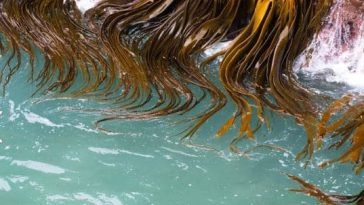
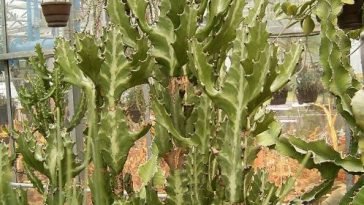
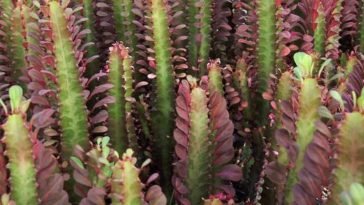
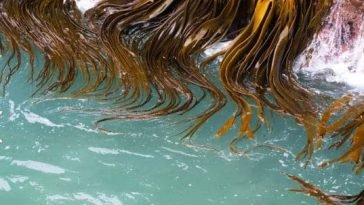

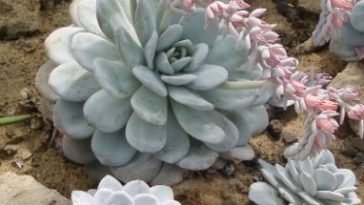
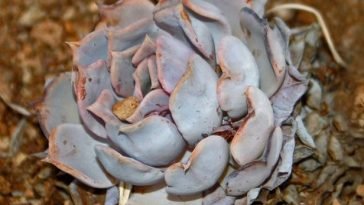

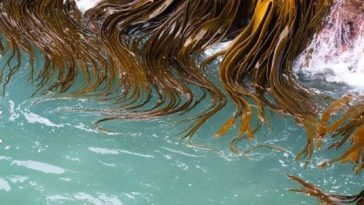
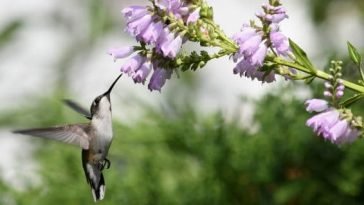
![By Themolarbear (Own work) [CC BY-SA 4.0 (https://creativecommons.org/licenses/by-sa/4.0)], via Wikimedia Commons](https://www.lorecentral.org/wp-content/uploads/2015/07/Plaque_Disclosing_Tablets.jpg)

